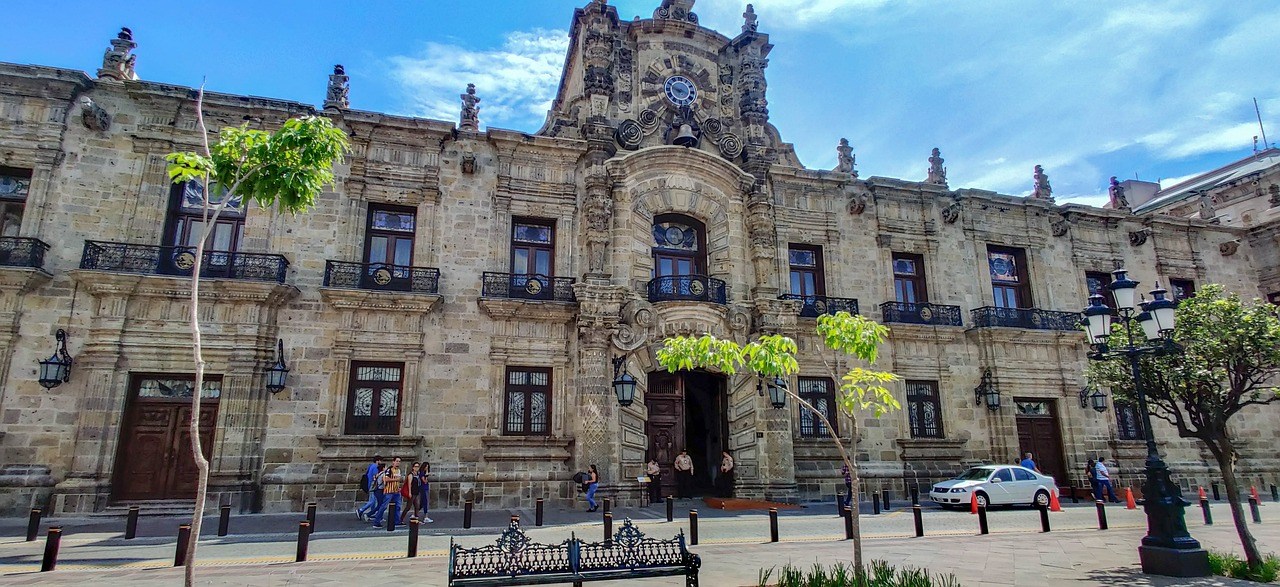Giza museums are a treasure trove of ancient Egyptian history, art, and culture. The city of Giza, located on the west bank of the Nile River, is home to several world-renowned museums that showcase the incredible achievements of the ancient Egyptians. In this article, we will take a closer look at the most popular museums in Giza, providing as much information as possible about each of them.
The Egyptian Museum
The Egyptian Museum, also known as the Museum of Cairo, is the largest and most visited museum in Egypt. It is located in the heart of Cairo and houses over 120,000 artifacts, including many of the most important and well-preserved examples of ancient Egyptian art and history.
The museum’s vast collection includes a wide range of artifacts, including mummies, statues, jewelry, pottery, and much more. The museum’s most famous exhibit is the collection of treasures from the tomb of Tutankhamun, including the famous golden mask of the boy king. Other highlights include the statue of Ramses II, the mummies of pharaohs and other high-ranking officials, and the collection of jewelry and amulets from various tombs.
The museum also regularly hosts special exhibitions, showcasing artifacts from other cultures and historical periods, as well as contemporary art. Guided tours are available in multiple languages and provide visitors with in-depth information about the museum’s collection and the history of ancient Egypt.
The Giza Necropolis
The Giza Necropolis is an ancient cemetery complex located on the Giza Plateau, just outside of Cairo. It is home to the Great Pyramid of Giza, the last remaining wonder of the ancient world, as well as several other smaller pyramids and the Sphinx.
The Great Pyramid, built for the pharaoh Khufu, is the largest of the pyramids and one of the most impressive architectural feats of the ancient world. Visitors can enter the pyramid and explore the chambers inside, including the King’s Chamber and the Queen’s Chamber. The Sphinx, a massive statue of a lion with the head of a human, is also a popular attraction.
The Giza Necropolis is also home to several smaller pyramids, including the Pyramid of Khafre and the Pyramid of Menkaure. These pyramids are smaller than the Great Pyramid but still impressive in their own right.
Guided tours of the Giza Necropolis are available and provide visitors with information about the history and construction of the pyramids and the Sphinx.
The Solar Boat Museum
The Solar Boat Museum is a unique museum located at the base of the Great Pyramid of Giza. It houses the remains of a solar boat that was discovered in the 1950s by the Egyptian archaeologist Kamal el-Mallakh. The boat is believed to have been built for the pharaoh Khufu and was used to transport his body and funeral goods during his tomb’s rituals.
The museum is built around the reconstructed remains of the boat, which are housed in a specially designed and climate-controlled building. The boat is over 140 feet long and is considered to be one of the most important examples of ancient Egyptian boat-building technology.
The Solar Boat Museum also has on display several artifacts found in the boat pit, including pottery, tools, and other objects that provide insight into the daily lives of the ancient Egyptians. Guided tours are available, and visitors can learn about the history and construction of the boat and its significance to ancient Egyptian culture.
The Memphis Museum
The MemphisMuseum is located in the city of Memphis, which was the ancient capital of Egypt during the Old Kingdom. The museum showcases the rich history and culture of the city, including its role as a religious and administrative center during ancient times.
The museum’s collection includes a wide range of artifacts, such as statues, steles, and inscriptions, that provide insight into the daily lives of the ancient Egyptians. Some of the highlights include the statue of Ramses II, the alabaster sphinx of Memphis, and the stela of Horemheb, the last pharaoh of the 18th dynasty.
The museum also regularly hosts special exhibitions and events, showcasing artifacts from other cultures and historical periods, as well as contemporary art. Guided tours are available and provide visitors with in-depth information about the museum’s collection and the history of ancient Memphis.
In conclusion, Giza museums offer a wealth of information about ancient Egyptian history, art, and culture. Whether you’re interested in seeing the treasures of Tutankhamun, exploring the pyramids and Sphinx, learning about ancient boat-building technology, or discovering the history of Memphis, there’s something for everyone to enjoy in Giza. We highly recommend visiting these museums to gain an in-depth understanding of the ancient Egyptians and their incredible achievements.



